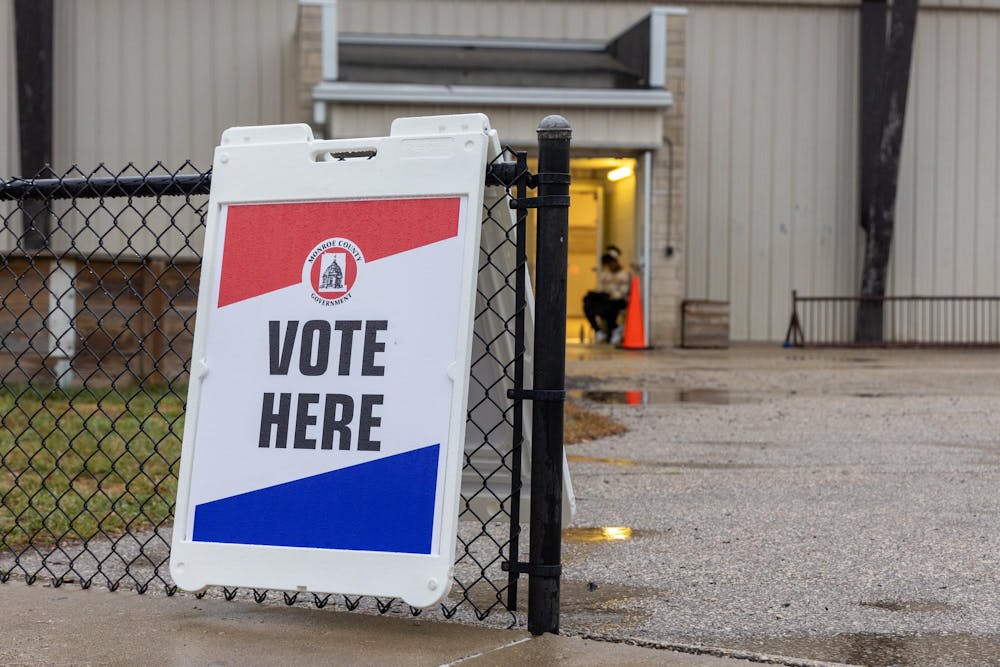In 2016, almost 2.5 million people voted provisionally, and 1.5 million of those ballots were counted in the election. Many students voting at the Indiana Memorial Union on Tuesday were asked to fill out provisional ballots, a process frustrated some voters when workers ran out of ballots for around an hour.
A provisional ballot allows someone to cast a vote if their voter eligibility is in question.
Your eligibility could be under question if your signature does not match a valid form of identification, you lack requisite photo identification, or your eligibility has been challenged by a member of the precinct election board, a poll clerk, or a challenger appointed by an independent candidate.
After Election Day, the county election board will assess each provisional ballot and decide whether you are qualified to vote and whether your vote should be counted. To aid in the process, you have 10 days after the election to appear in front of a county election board official to provide necessary documentation or complete an affidavit found in the clerk’s office to affirm one of the photo ID law’s exemptions apply to you. You can contact your voter registration office on the voter’s portal for any questions about how to go through this process. You are also allowed to contact the board after Election Day to keep track of the status of your provisional ballot or check on the voter’s portal page if you are a registered voter of the county where you cast your provisional ballot.
However, if you sent a mail-in ballot and the board found something wrong with the ballot, such as a signature mismatch, your voter-portal will display a “CURE NEEDED” status. If you are unable to go in-person to fix it, in most cases, you will receive a paper from the county election board, requiring you to sign an affidavit verifying your signature or ID.
Indiana will send you an ABS-5 (Statement Concerning Defective, Lost, Destroyed or Spoiled Absentee Ballot). This form will also allow you to request a replacement ballot that may or may not be counted in time, depending on how late you started the curing process.



